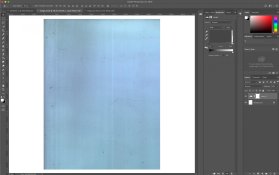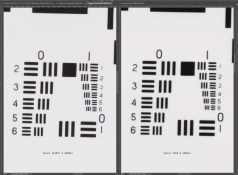jvonoldershausen
Member
I recently bought an Epson 1640XL for scanning darkroom prints. I did a test scan without anything on the scanner to get an idea of glass condition and sensor (screenshot attached). The glass obviously needs some cleaning, the newton rings are a result of no media in the scanner, but i did also notice vertical streaks running down the entire scannable area.
The darkroom I print at has a newer Epson 10000XL that I used for scanning until I noticed similar streaks on my prints - the owner tested in the same manner. It hasn't been fixed and no one seems to complain about it.
I've read there are calibration strips (atleast for the 10000xl) under the glass that can cause several scanner issues once they become dirty.
Has anyone experienced these streaks and knows the source of the issue?

The darkroom I print at has a newer Epson 10000XL that I used for scanning until I noticed similar streaks on my prints - the owner tested in the same manner. It hasn't been fixed and no one seems to complain about it.
I've read there are calibration strips (atleast for the 10000xl) under the glass that can cause several scanner issues once they become dirty.
Has anyone experienced these streaks and knows the source of the issue?




